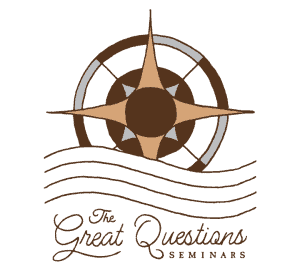The manuscripts fall into three major categories: biblical, apocryphal, and sectarian. The biblical manuscripts comprise some two hundred copies of books of the Hebrew Bible, representing the earliest evidence for the biblical text in the world
1-3 CE
The Hebrew Bible is the cornerstone of the Jewish people and this fundamental text has left its imprint on Christianity and Islam.
The exhibition at the Shrine of the Book Complex represents a journey through time, which, adopting a scholarly-historical approach, traces the evolution of the Book of Books. The upper galleries take the visitor from the oldest extant biblical manuscripts, which were discovered in the Judean Desert, through the story of the sectarians living at Qumran, who attempted to translate the biblical ideals embodied in these texts into a way of life. The lower galleries tell the remarkable tale of the Aleppo Codex – the most accurate manuscript of the Masoretic text and the closest to the text of the printed Hebrew Bibles used today.
The Shrine of the Book was built as a repository for the first seven scrolls discovered at Qumran in 1947. The unique white dome embodies the lids of the jars in which the first scrolls were found. This symbolic building, a kind of sanctuary intended to express profound spiritual meaning, is considered an international landmark of modern architecture. Designed by American Jewish architects Armand P. Bartos and Frederic J. Kiesler, it was dedicated in an impressive ceremony on April 20, 1965. Its location next to official institutions of the State of Israel—the Knesset (Israeli Parliament), key government offices, and the Jewish National and University Library—is appropriate considering the degree of national importance that has been accorded the ancient texts and the building that preserves them.
Qumran, Isreal
How far back?
2020 | Present

